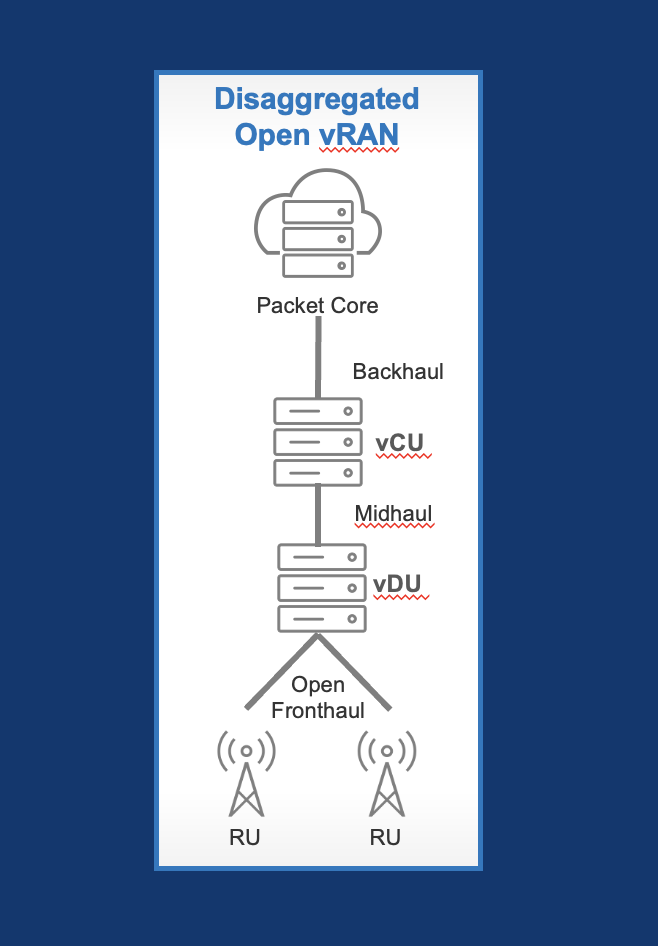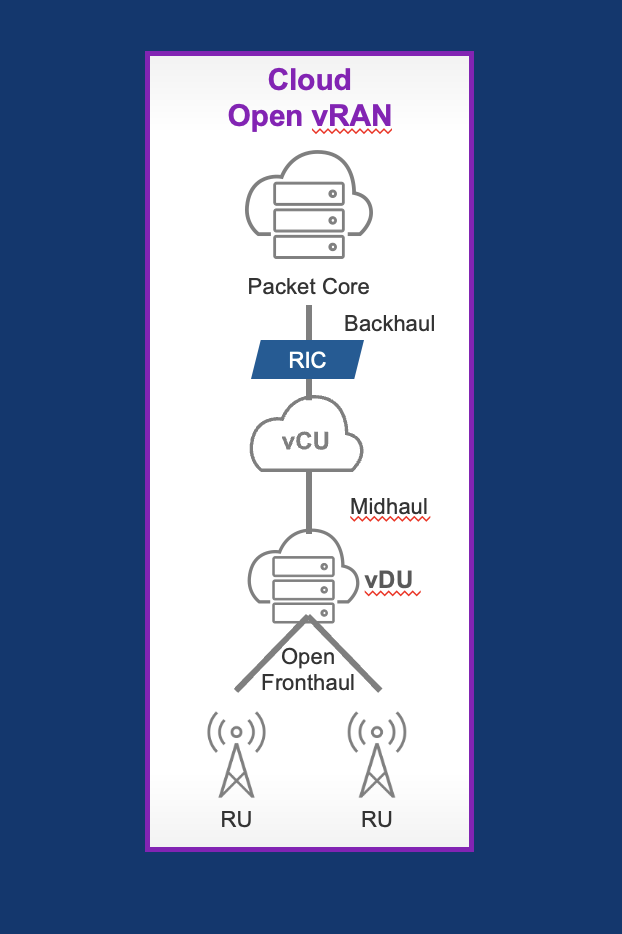Mavenir exec: ‘Open RAN is about the interfaces between the elements; not the interfaces within the products’
According to Mavenir Senior Vice President of Business Development John Baker, there is still significant confusion about what Open RAN really means. In an effort to clear up the misunderstanding, he participated in the 2022 Open RAN Global Forum where he discussed the three essential RAN transformations that are emerging: open fronthaul, disaggregated Open vRAN and Open Ran in the cloud.
“Open RAN is only about the interfaces between the elements; it is not about the interfaces within the products … The ecosystem at this point has not gotten into defining the open interfaces within the product,” he clarified, further explaining that deploying Open RAN in different environments and putting the Distributed Unit (DU) and Centralized Unit (CU) in different locations within the network will introduce different and new use cases.
1. Open fronthaul
In an open fronthaul model, there is a virtual baseband unit (vBBU) and existing — as in, not Open RAN — hardware is connected to a 3GPP-specified backhaul. Baker doesn’t believe this will be the prevailing model going forwards: “You can implement Open RAN in hardware [or] software, but the ecosystem is certainly moving towards a software implementation of the RAN going forward,” he said.

2. Disaggregated Open vRAN
In the disaggregated Open vRAN model, base stations are split into different functional units, opening up the interfaces between disaggregated hardware and software. “In this architecture, you have open fronthaul … the virtual DU … then the virtual CU, which can be centralized in data center-type applications hundreds of kilometers away,” Baker stated.
3. Open RAN in the cloud
The final architecture is Open RAN in the cloud, where the DU doesn’t have to be at the cell site, and according to Baker, this is where true cost optimization around network builds can be realized. “The site real estate … tends to be expensive,” he said, adding that putting DUs at every cell site is an expensive architectural approach. However, he continued, in the Open RAN in the cloud model, a provider can “pool” multiple cell sites on a single DU that is located somewhere between the sites at a data center.
“As soon as you can start pooling to a single DU, that’s really where the … effects of running multi-versions of software on a single compute function actually begins. This is where you start the true cost benefits of Open RAN in terms of the architecture,” continued.
In this model, midhaul can also be used to locate the CUs in data centers, providing even more network architecture flexibility. “We have already seen this with Dish announcement where the CUs are actually hosted in the Amazon cloud,” said Baker.

In addition to network flexibility, the cloud-based approach allows operators to pick the best vendors, quickly turn up service when and where they need it, and it adds network resiliency and opens up new paths to revenue generation.
Baker shared that Open RAN in the cloud is also the model most like to truly accelerate the development of the 5G ecosystem. That’s because when the RAN is “running on the back of a huge network and system” — such as the AWS cloud — sites can be “deployed at almost the press of a button,” enabling operators to build out their 5G networks at a much faster pace. Further, with the CU and DU in the cloud, these elements can be easily tested for continues improvement and innovation.
“You can put out almost like experimental parameter variations on certain pieces of functionality of that RAN — multiple releases a day, continually upgrading and improving the network as you find that you need to make changes in it,” said Baker.
He added that you rapidly deploy revisions of software, as well as hundreds of sites a day, remotely. “Rakuten is claiming to deploy cell sites in 10 minutes,” he provided.


